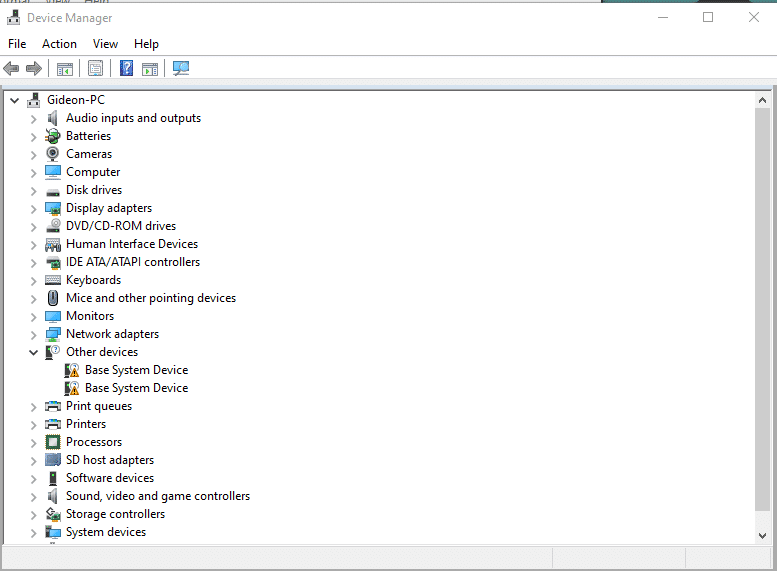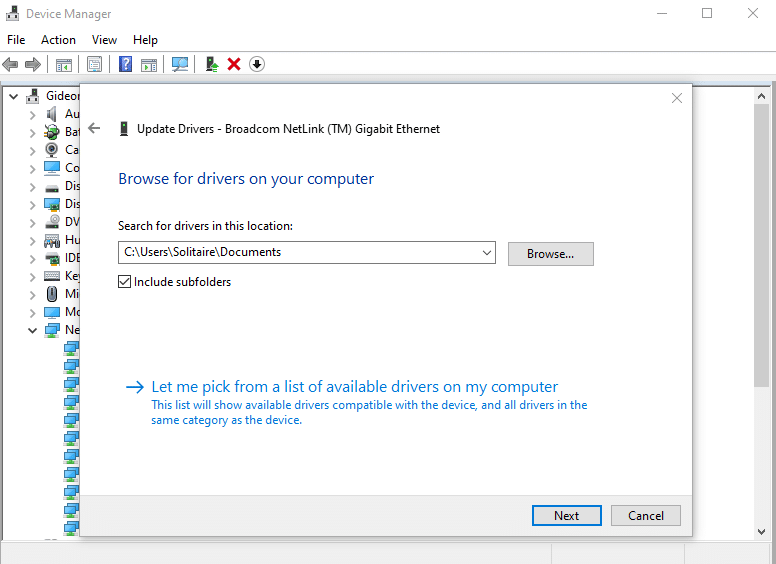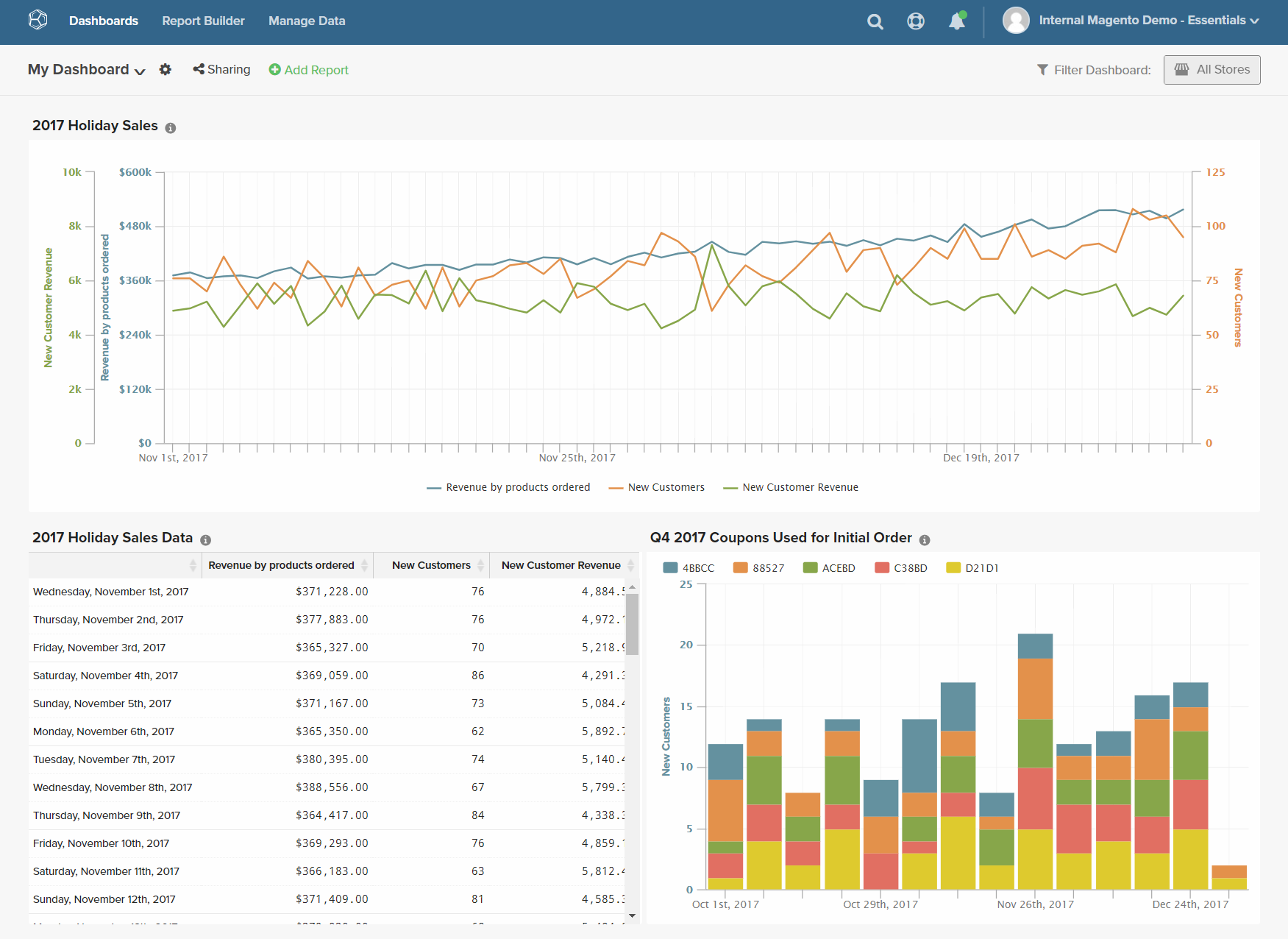Have you wondered about the magic that goes on behind the scene on your computer? Like what makes your mice, USB, and other components to be able to line up well with your computer?
Or maybe you are a magician using your magic wand to connect to your PC (kidding). Well, all that is possible with the help of drivers.
What is a driver?
A driver is a software that enhances the communication between the hardware components of a computer and its operating system (software), making them link and bond together.
They are numerous problems found in your computer that were caused by drivers. It could be due to malfunctioning or the fault of the hardware connected to the computer. They are drivers for every component in the computer ranging from the video card, audio down to the motherboard.
Even though it’s not necessary or you choose not to update your drivers because they are working correctly, its recommended that you check for new updates for your drivers once in a while to improve the bond between components.
In this article, we will talk about how you can locate and replace those faulty and outdated Windows drivers and make your system working efficiently. The few ways you can do this are listed below:
Checking your Drivers
Since you might not be aware of which and what driver versions you might have on your PC, you can find out more specific information on your Windows by using Command Prompt (an efficient Windows PC tool). This method can be found only on Windows XP to Windows 8.
You can access the command prompt by using the short cut key Windows key + X, next, type driverquery, and tap enter.

The action above will give way to a pop-up list of the drivers that are currently installed on your computer and also the dates they were published. You can get a .txt file of the query by typing “driverquery > driver.txt” on the command prompt, and it will be saved to the default location of the command prompt.
Note: The date that is listed on the file is not the date the driver was updated, but the time the driver was published. There’s a difference between both terms.
While the method mentioned above worked in my Windows 10, it might not work for some people, and if it didn’t, there’s a free utility app you can use to check out.
DriverView is an excellent app you can use to get all the required information about your drivers, from version numbers, manufactures to installation dates, and much more. Just click on any driver on the list to reveal the information in a single view.
Update drivers directly from Microsoft
Microsoft has built-in utility to help you update its drivers. The Windows Update directly takes care of drivers update once you get your computer connected to the internet.
To go to the Windows Update, press Windows key + I to open the Settings and head to the Update & Security section and then to Windows Update, which will allow you to check for the latest updates. This automatic update can be disabled in different ways, based on the OS version.
Update drivers using Device Manager
Windows Device manager is the most commonly used app to update drivers on Windows. It allows you to update drivers both online and offline.

To go to Device Manager on your computer on Windows 10, right-click the extreme left down corner of your screen and click on Device Manager.
This device manager will display all the system components like display adapters, processors, network adapter, printer, and others. Clicking on any category will display the devices within.

To update drivers, click on Update Driver and select Automatically. It will update all drivers with available updates. Make sure your computer is online.
Also, you can update drivers manually using the Device Manager by clicking on “Browse my computer for driver software.” That will allow you to browse the driver software manually and have it installed.

Update Drivers Manually From the Manufacturer’s Official Website
You can choose to use this method to update your drivers by going to the manufacturers’ website to download the latest version of the drivers. The information you got from using the command prompt will be handy in this situation, or you can use the DriverView utility software to gather the information you need.
When you get to the manufacturer’s website, go to the driver section, and look for the specific driver you want; meanwhile, the manufacturer website might scan your PC to narrow down your search.
With the help of this article, you should be able to update your drivers by yourself using the different methods mentioned above. If they are other ways you have done this, share them with us, and we will be glad to add them to the list above.
Don’t forget to share this and other articles with your friends while sharing your thoughts and feedback with us using the comments section below.







